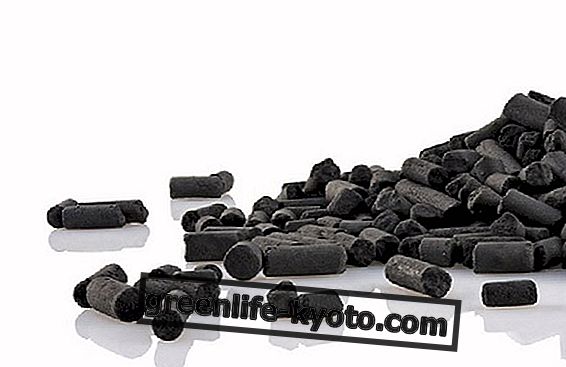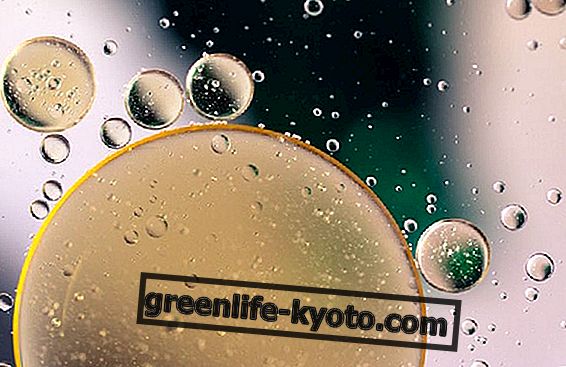
Bergamot is a citrus fruit that probably derives from a cross between bitter orange and sour lime, although many consider it a true species called Citrus bergamia Risso (of Chinese origin).
Its presence in Calabria is presumable between the fourteenth and sixteenth centuries. In 1750 the first "bergamotteto" was planted around.
90% of the total bergamot production comes from Calabria. The essential oils of bergamot, by virtue of their extraordinary fragrance, are used in the industrial production of perfumes, sweets and liqueurs.
It is an essence that, thanks to its freshness, represents the basic element for the production of numerous Cologne and cosmetic waters.
Properties and benefits of bergamot
The flavonoids extracted from this citrus fruit of the genus Citrus favor the control of cholesterol:
1. inhibiting the activity of the enzyme HMG-CoA reductase (Hydroxymethylglutaryl Coenzyme A reductase), target of statins;
2. reducing the release of hepatic LDL, through the inhibition of the enzyme ACAT (Acyl CoA: cholesterol acyltransferase);
3. increasing the biliary excretion of cholesterol.
And also:
- they help to decrease serum triglyceride levels, inhibiting the activity of the enzyme PAP (hepatic microsomal phosphatidate phosphohydrolase), involved in the synthesis of triglycerides;
- help reduce blood glucose levels by increasing glucose uptake from the liver and peripheral tissues (muscle cells);
- it seems that they also reduce blood levels of uric acid.
Bergamot therefore acts favorably on the lipid and glucidic structure and does so without the appearance of adverse symptoms or hematochemical signs of toxicity.
For those who are advised bergamot
It's indicated:
- in young patients with early signs of hypercholesterolemia;
- in patients being treated with statins, to reduce their dosage;
- in patients who are intolerant to statins.













